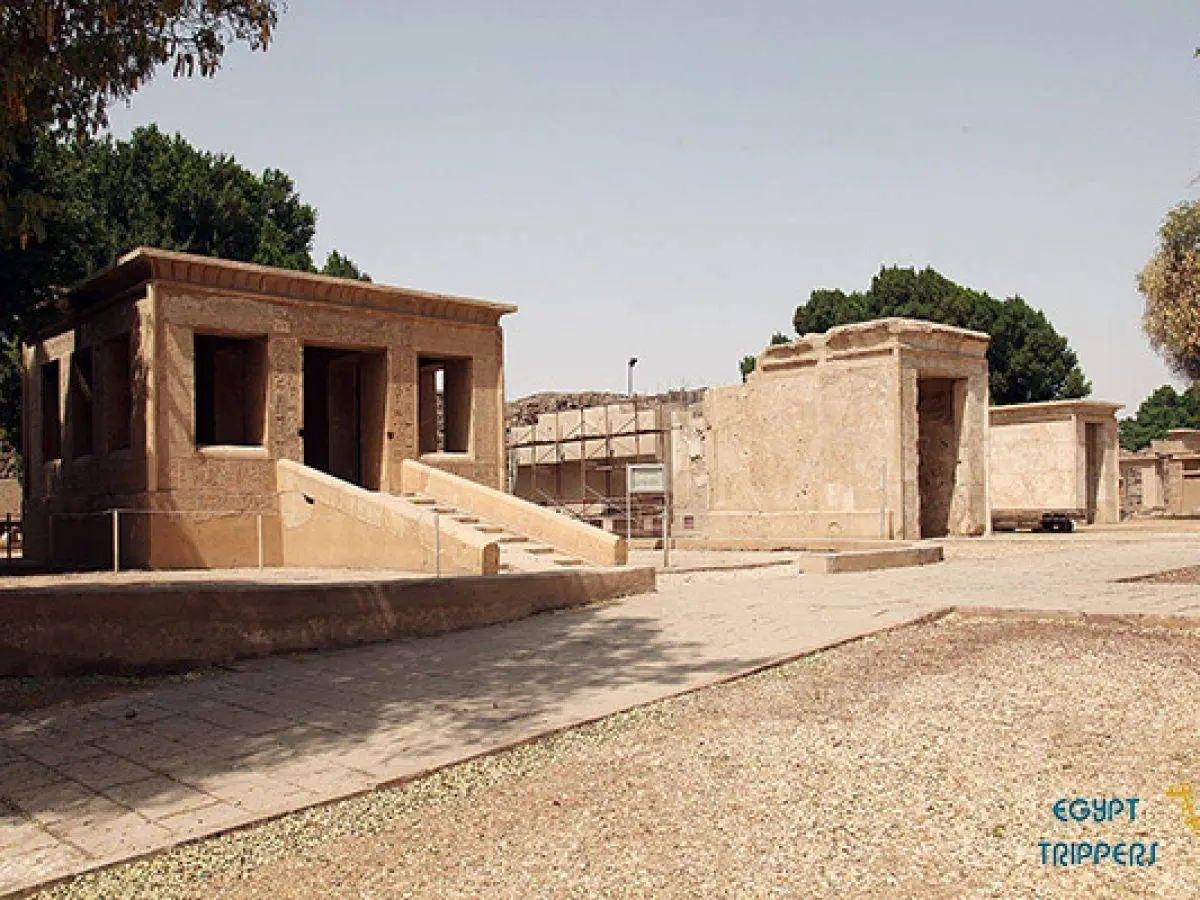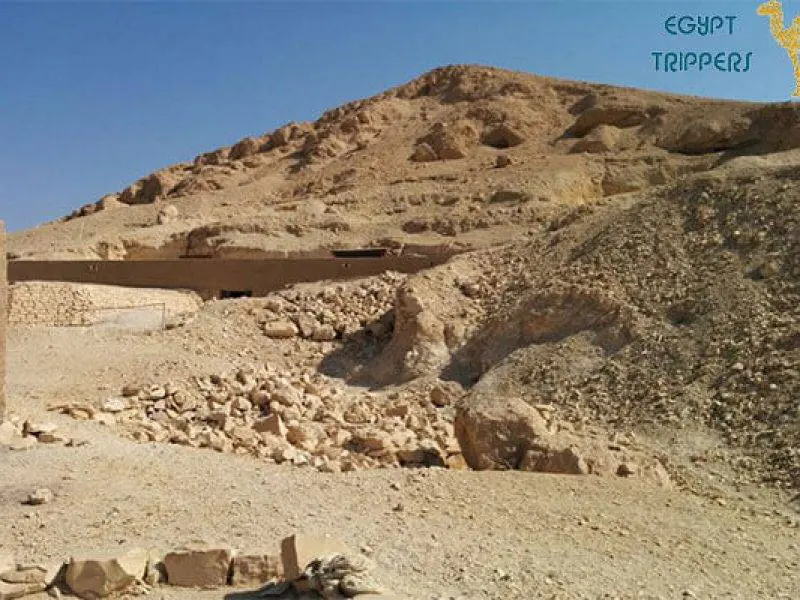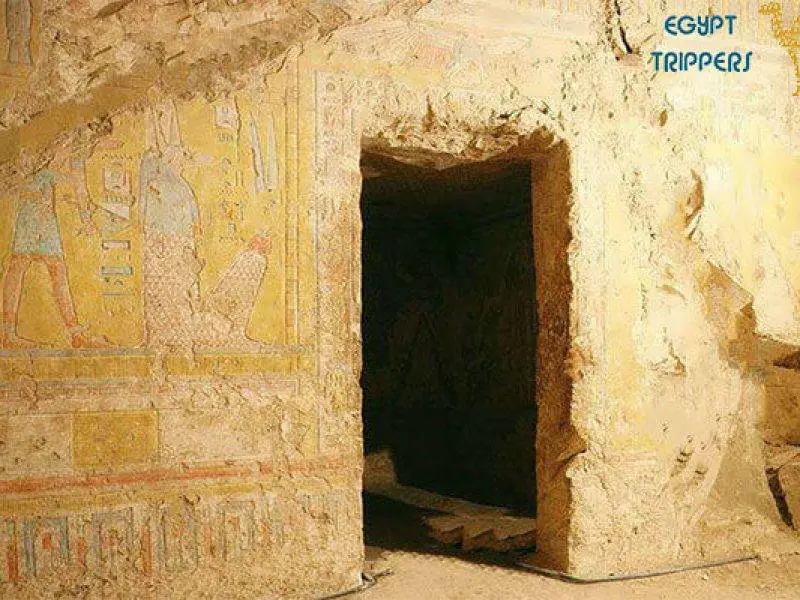Karnak Open Air Museum

Many of us have been to various museums in different parts of the world. But have you ever heard of, much less seen, an open-air museum. Well, the Karnak Open Air Museum is an awesome place to stop by during your Luxor tour. It steeped in thousands of years of ancient Egyptian history as remains of tombs of numerous pharaohs and their queens are found here.
A Landmark of History
The Open-Air Museum is located in Luxor, Egypt. It is opposite to the entrance of Ramesses III’s temple, which is the northwestern corner of the Temple of Amun Re. The museum contains some original and some reconstructed structures buried inside massive pylons in the complex. Since Karnak had gained tremendous significance, the pharaohs wanted to leave their own stamp by building grand monuments. For this purpose, they would dismantle the old ones and even use some of the materials in their own design. These are the cut-up structures that lie under different pylons. Today many of the chapels are being reconstructed using these stones like a puzzle.
Grand Monuments and Aspects at Karnak Open Air Museum
Amenhotep II had chosen to build his chapel between Tuthmosis I ‘s two obelisks in front of the fourth pylon so that these obelisks could support the ceiling of his building. This chapel has been reconstructed today using the original blocks of stones found within the walls of the Temple of Mut.
The chapel next to it is that of Amenhotep’s set in alabaster which still retains its sheen with fine carvings. It is considered to be one of the oldest shrines dedicated to the Baroque of Amun. To the front, Amenhotep IV is shown sacrificing his enemies in front of the god Amen. This certainly doesn’t fit his image of a peace-loving king, especially since prisoners were much more useful as slaves.
At Karnak Open Air Museum and in the center of the complex is the Red Chapel of Hatshepsut made from beautiful red and black granite with single scene carvings telling the story of the pharaoh’s life events. This chapel served as a shrine for the baroque of Amun.
There is also the temple of Tuthmosis IV which is being painstakingly reconstructed with original pieces that constituted its columns, porticos, and lintels.
The remains of the White Chapel of Senusert I are the oldest of monuments at Karnak. The amazingly detailed stone carvings show the king making various offerings to the mighty god Amun. A scarab beetle and various birds with each feather distinctly carved shows not only the skill of the artisans but also the love and pride they had for their work. Other obelisks represented the entire region of Egypt under the Pharaoh’s control including the ancient administrative areas giving an insight into his kingdom.
A Trip to The Past
With so much history to be seen in Karnak Open Air Museum , don’t hesitate. Book a trip to this fascinating place in advance to avoid disappointment. Numerous tour operators are available to make your visit not only comfortable but also the most memorable one. Multilingual guides, hotels with pick and drop facility and restaurants catering to all palates await you at Luxor.




Leave a Reply